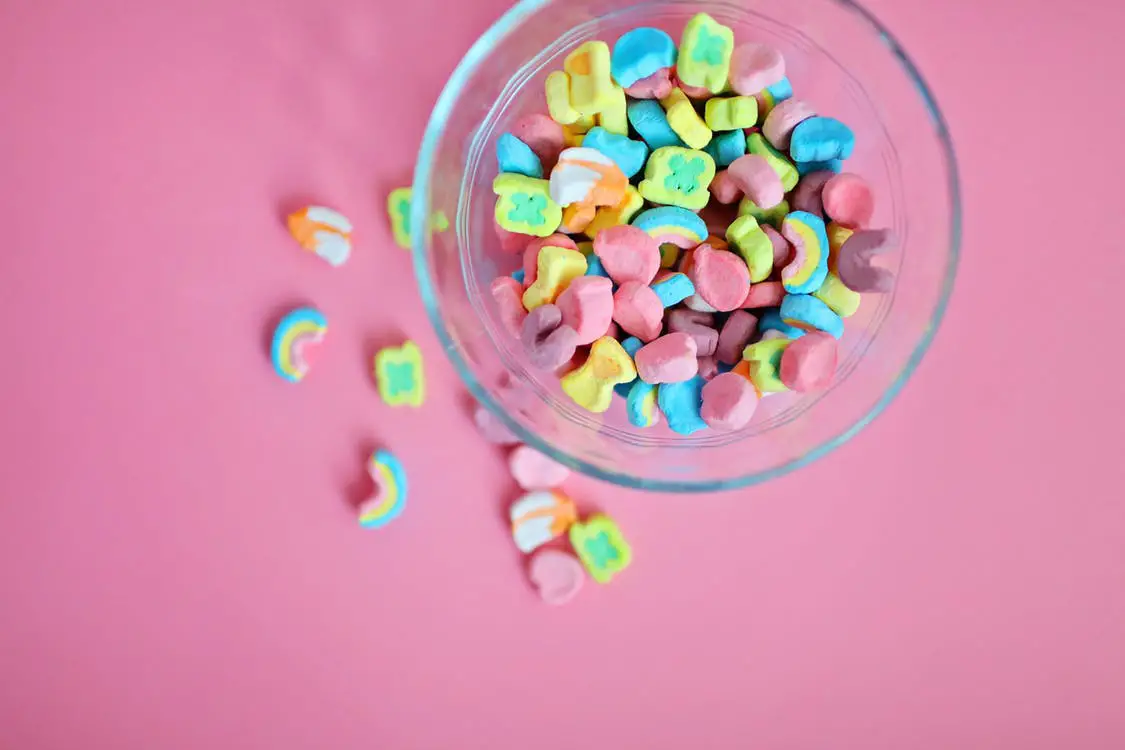If you’re scheduled for a dental cleaning in the next few weeks or months, you may be dreading the invasive cleaning your dental hygienist performs.
Some patients experience significant bleeding and discomfort during their cleanings, but it’s possible to make this part of your dental exam much more relaxed and comfortable.
During your cleaning, your hygienist focuses on removing tartar and plaque from your teeth. Sometimes, they have to scrape it off of your teeth, causing some discomfort.
Here are some easy things you can do beforehand to make this process a little less painful.
Switch to a Better Toothbrush

If your hygienist is spending a lot of time scraping plaque off of your teeth, you may need a toothbrush upgrade. The ADA recommends that patients replace their toothbrush every three to four months.
Dental professionals also recommend choosing a toothbrush that has the ADA seal. Some patients have seen better results with an electric toothbrush, so it may be best to upgrade to a more powerful brush to remove plaque and debris more efficiently.
Brush Twice a Day

Your teeth also need to be brushed at least twice per day to best remove any left behind food particles.
If you’re skipping your morning or night brushing and only tackling your teeth once per day, you’ll never be able to remove pieces of food effectively. Poor brushing habits or brushing too quickly can leave your teeth vulnerable to tooth decay.
Floss Every Day

It’s also vital to regularly floss your teeth. Brushing alone won’t help remove all of the food particles from your teeth. Flossing can get the tiny pieces of food that are wedged between your teeth.
Leaving these pieces behind means your teeth will get more of a tartar buildup and keep your hygienist much busier during your next cleaning.
Use an Oral Rinse
Dentists recommend that patients also rinse with mouthwash after brushing each morning and night. Dentist Dr Michael Krochak and the ADA recommend that dental patients rinse with a therapeutic mouthwash after brushing.
A therapeutic mouthwash helps prevent tooth decay, kills bacteria, and removes plaque. It can also fight bad breath, gingivitis, and keep your teeth looking fresher and whiter.
Chew Sugarless Gum

Sugarless gum is another great tool to add to your arsenal of dental products to keep your teeth and gums healthy. After meals out or at work, if you can’t brush your teeth, pop in a piece of sugarless gum to help generate saliva and remove food particles from your lunch or dinner.
Make sure you pick a gum product that has the official seal from the ADA to keep your teeth from being exposed to ingredients that promote tooth problems and decay.
Avoid Sticky or Sugary Foods

Your diet also makes a difference when you’re sitting in the chair at your dental exam and getting your teeth cleaned. If you want a more pleasant experience, avoid sugary foods and sticky products that get stuck in your teeth.
Focus on providing a healthy and wholesome diet with plenty of fresh fruit and vegetables to improve the look and health of your teeth. Look to your dental provider’s Facebook page to find tips for dental-friendly diets and make your next visit more relaxing.
Maintain the Rest of Your Body
Finally, don’t forget to practice healthy habits to keep your body strong and in top condition. If you have a chronic condition, such as diabetes or heart disease, make sure you work with your primary care physician to develop a treatment plan. Additionally, have a regular exercise routine that keeps your body at its peak.
A visit to the dentist for a cleaning doesn’t have to be torture. Make these important changes to your dental and health routine to keep the cleaning more comfortable.









































